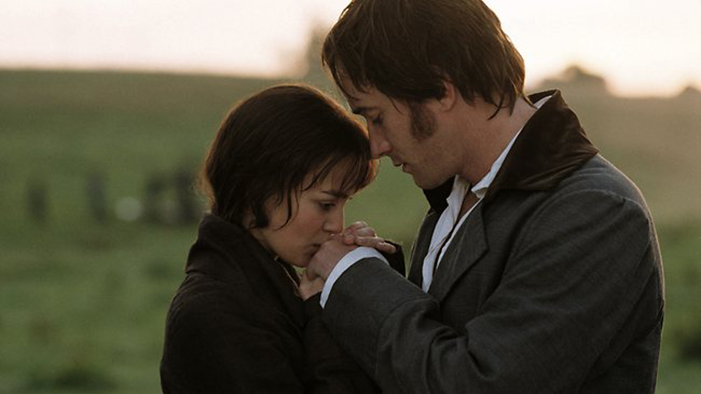Summary
This poem represents yet another of Browning’s dramatic monologues spoken in the voice of an historical Renaissance painter. Andrea del Sarto, like
Form
“Andrea del Sarto” unrolls in pentameter blank verse, mostly iambic. It is a quiet poem, the musings of a defeated man. Both in language and in form it is modest and calm. Yet it also manages to mimic natural speech quite effectively, with little interjections and asides.
Analysis
This poem has a most compelling premise—an artist’s comparison of his own work to that of the Great Masters. Andrea blames his disappointing career on his inability to match his unparalleled technical skills with appropriate subject matter: all the Virgins he paints look like his wife, and he has never had the time at court to allow his work to blossom. While Raphael and Michelangelo often err in their representations (while he speaks Andrea mentally “fixes” a figure’s arm in a scene by Raphael), the intentions and the spirit behind their work shine through so strongly that their work nonetheless surpasses his. This seems to contradict what Browning asserts in other poems about the unconnectedness of art on the one hand and morality or intention on the other. But perhaps we can explain this seeming contradiction by interpreting the Great Masters’ motivation as not so much any specific spiritual or moral purpose, but rather an all-consuming passion for their art. As Andrea notes, Raphael, Michelangelo, and Leonardo did not have wives: they lived for their work. For Andrea, painting is reduced to a means to make money; he has the avaricious Lucrezia to support. Between trying to pay her debts, buying her the things she wants, and keeping her attention, Andrea cannot afford to focus solely on his art. Is the creation of art incompatible with a “normal” life, a life of mundane duties and obligations?
It may be worth considering why Browning chooses to write about painters rather than poets in his discussions on art and the artist-figure. During the Renaissance era where Browning sets his verses, poetry would have had a somewhat limited audience: it would have been enjoyed by those who had both the extra money and time to spend on books, not to mention the necessary literacy (although much poetry would have been read aloud). Painting, on the other hand, was—and still is—a more public art form. Whether a painting hangs in a museum or on the wall of a church, it remains constantly accessible and on display to anyone who passes, regardless of his or her education. Moreover, particularly since most Renaissance art portrayed religious themes, painting had a specific didactic purpose and thus an explicit connection to moral and spiritual issues. This connection between art and morals is precisely what most interests Browning in much of his work—indeed, it much preoccupied Victorian society in general. Browning and his contemporaries asked, What can be forgiven morally in the name of aesthetic greatness? Does art have a moral responsibility? Because Renaissance painting was public and fairly representational, it highlights many of these issues; poetry is always indirect and symbolic, and usually private, and thus makes a harder test case than painting. Indeed, Andrea’s paintings in particular, which often depict religious scenes, get right at the heart of the art-morality question, especially given his works’ imbalance between technical skill and lofty intentions.
Andrea presents us with a different kind of character than we are used to seeing in Browning’s work. Unlike the Duke of
Like “My Last Duchess” and “Porphyria’s Lover” this poem “takes place” (is spoken) after the fact: Andrea has long since left Francis’s court, and the money he stole has long since disappeared into the house and Lucrezia’s wardrobe. While this monologue comes across as dramatic in nature, it does not dramatize anyone’s actions. Rather, it seeks to capture a mood and an attitude. In this way it has more in common with


 payment page
payment page



